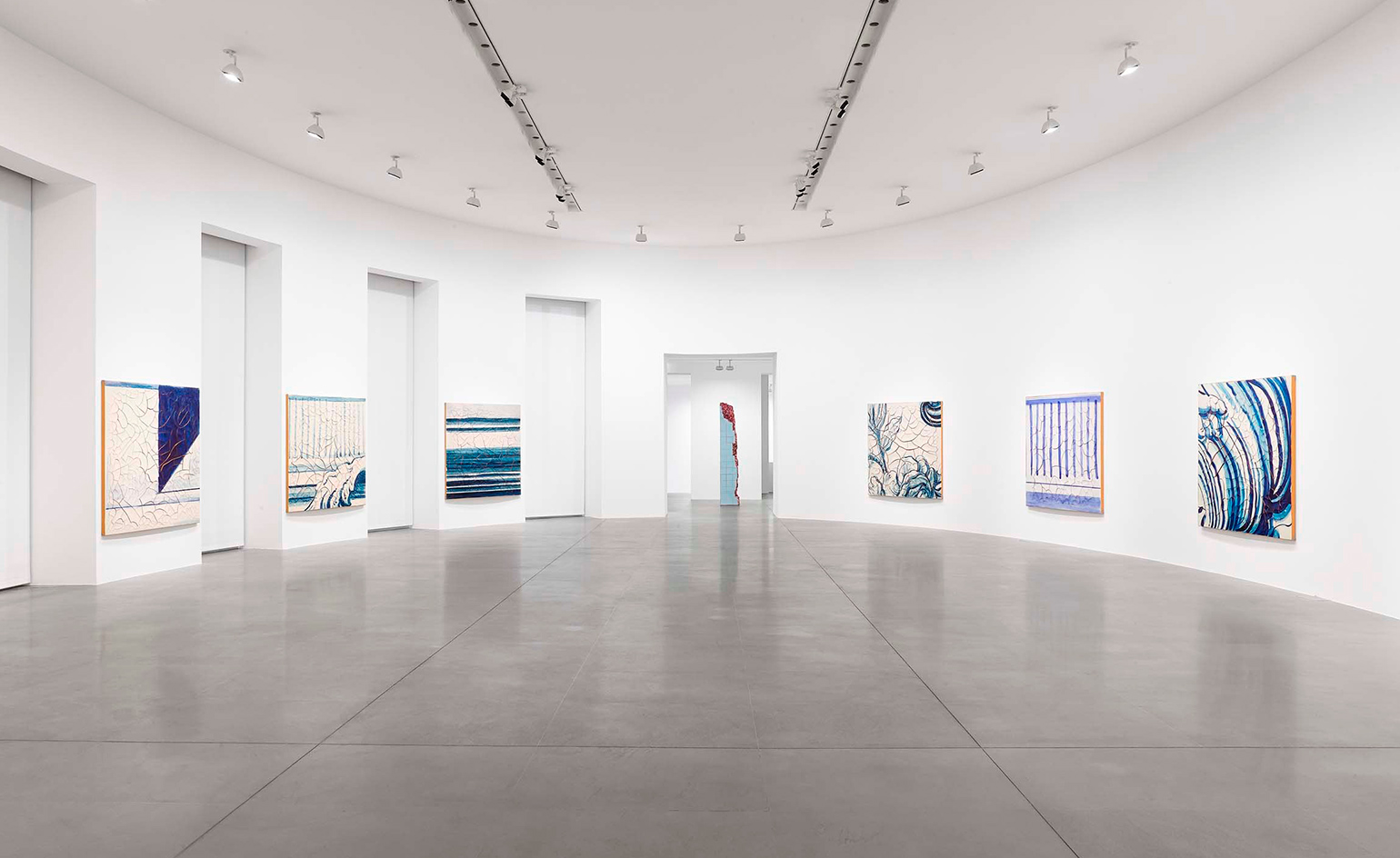
The azulejo – a kind of painted, tin-glazed ceramic tile – has a rich and diverse history. Since its invention on the Iberian Peninsula seven centuries ago, it has drawn influences from Moorish artisans, the Italian Renaissance, and imported wares from the Netherlands and China. The Portuguese, who consider it a national symbol, introduced it to the distant corners of their empire. It continues to be seen everywhere from magnificent public buildings to humble private abodes.
The dimensions of azulejos have varied with time, but none have been quite as ambitious as the ones by Adriana Varejão, currently on view at the Gagosian Gallery's Rome outpost. These blue and white tiles (or more accurately, tile paintings) measure 1.8 sq m each. With sweeping brush strokes and vivid cracks, they leave a strong impression even in the cavernous gallery.
Born in Rio de Janeiro – a one time capital of the Portuguese empire – Varejão has incorporated tile motifs in her work since 1988. For her, tiles are a means to explore kaleidoscopic identities. Her work is expressive, audacious and much loved. Bernardo Paz, perhaps the greatest art collector in the Southern Hemisphere, created a dedicated pavilion at Brazilian art museum Inhotim (see W*211) to house one of her installations. More recently, she was invited to drape over the aquatic centre for the Rio Summer Olympics with a tile-themed temporary mural.
Varejão produces her tiles by applying generous layers of plaster and oil paint onto canvas. As the paint dries, cracks appear on the surface by accident of nature. These are left unrepaired, perhaps as metaphors for the haphazard nature of cultural collisions. There’s a slightly savage, disquieting side to their beauty.
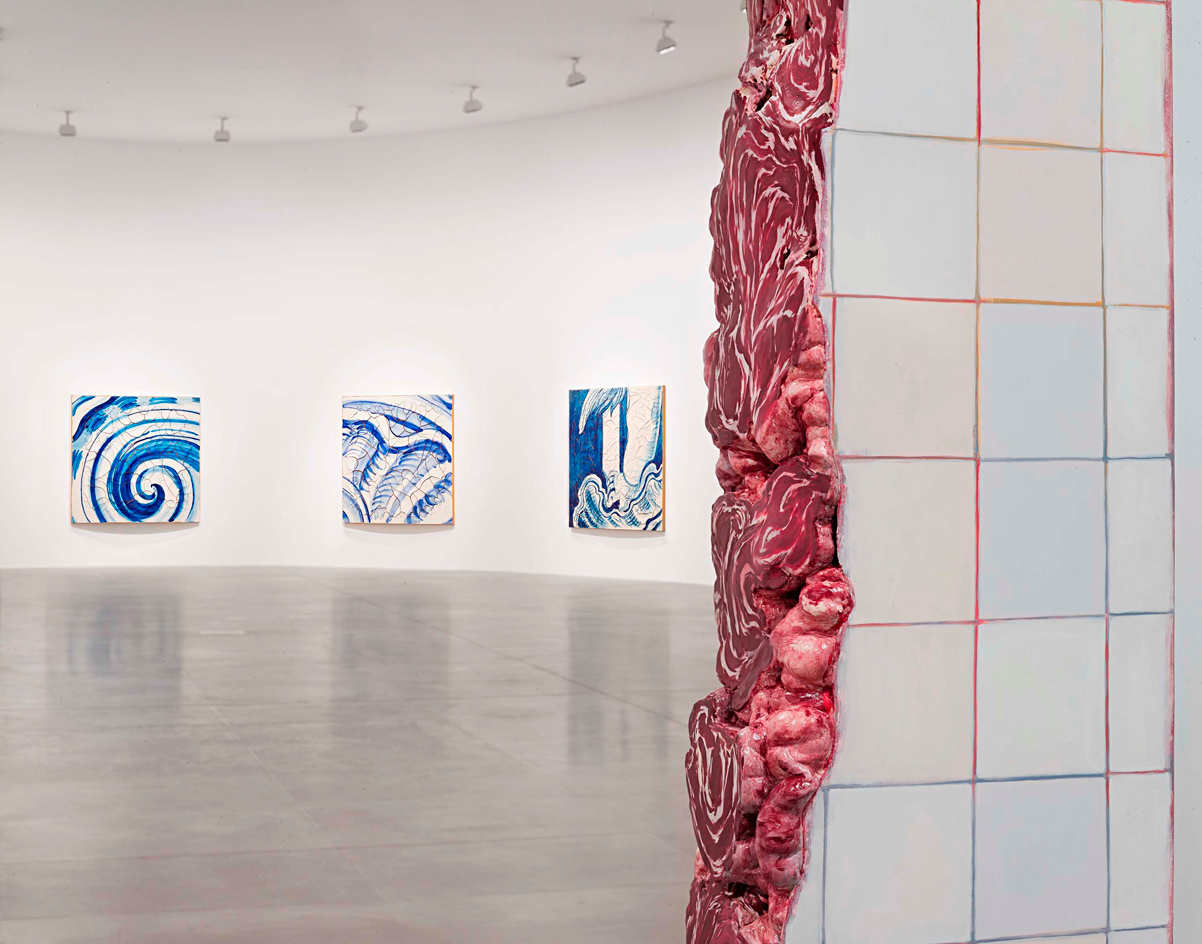
'Rome Meat Ruin' reveals a bloodied cross-section rendered in a vivid trompe-l'œil
The tile paintings now on view in Rome are the largest ones Varejão has produced to date. As she recalls, they were inspired by a dialogue between two columns at the Church of San Ignazio. Though these look exactly the same, one is made of marble and the other of wood, painted to resemble marble. Struck by the ‘play on artificiality and representation’, Varejão opted to work with baroque motifs, now found on each painting in the main hall.
‘I based each of these paintings on Portuguese baroque tiles, their images and their object quality,’ she explains. ‘I chose the motifs from my huge archive of tile images, focusing in general on those with more abstract and geometrical qualities.’ Indeed, with a close look and a good dash of imagination, one can see how each painting is a dramatically enlarged close-up of a cherub’s head, an architectural fragment, a rose or a shell.
The show also includes a single installation, Rome Meat Ruin, a tiled wall revealing a cross-section of swirling bloodied meat, which has been rendered in trompe-l'œil (a quintessentially baroque technique). ‘In my work, tiles are not tiles, meat is not meat. It is all about simulation and parody,’ remarks the artist.
Coinciding with the Gagosian show, Varejão has also been invited to present a multi-channel video installation, Transbarroco, at the French Academy in Rome. The piece was shot in the baroque churches of Brazil, backed by sound recordings of Afro-Brazilian drums and readings of key texts on Brazilian identity. It’s a powerful meditation on empire, appropriately on display at the heart of the greatest empire history has ever known.
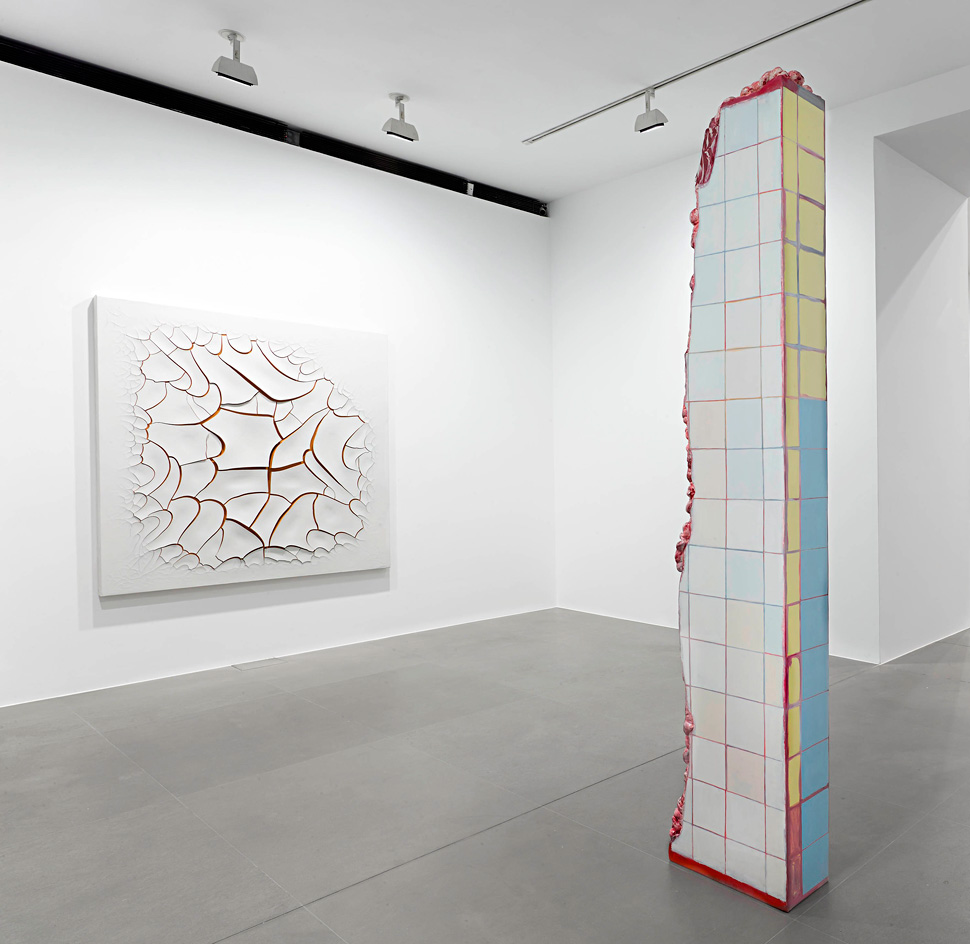
Varejão’s tiles are produced by applying generous layers of paint onto canvas. As the paint dries, cracks appear on the surface by accident of nature, and become part of the painting
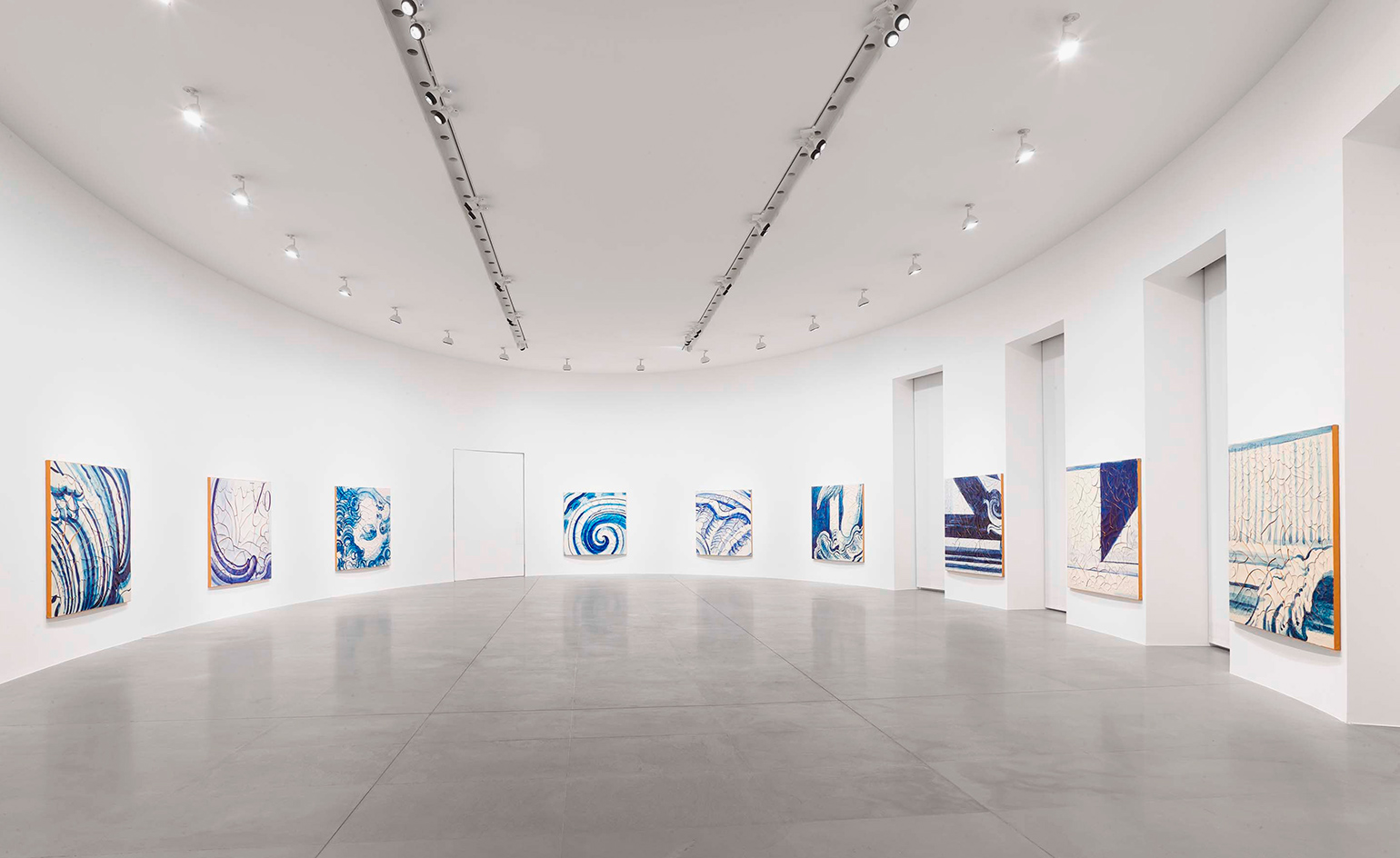
The artist based each of the paintings in the show on a Portuguese baroque tile, enlarging figurative details to the point that they are removed from their original meaning
INFORMATION
’Azulejão’ is on view until until 14 January 2017. For more information, visit the Gagosian Gallery website
ADDRESS
Via Francesco Crispi 16
00187 Rome
Receive our daily digest of inspiration, escapism and design stories from around the world direct to your inbox.
TF Chan is a former editor of Wallpaper* (2020-23), where he was responsible for the monthly print magazine, planning, commissioning, editing and writing long-lead content across all pillars. He also played a leading role in multi-channel editorial franchises, such as Wallpaper’s annual Design Awards, Guest Editor takeovers and Next Generation series. He aims to create world-class, visually-driven content while championing diversity, international representation and social impact. TF joined Wallpaper* as an intern in January 2013, and served as its commissioning editor from 2017-20, winning a 30 under 30 New Talent Award from the Professional Publishers’ Association. Born and raised in Hong Kong, he holds an undergraduate degree in history from Princeton University.
-
 Year in Review: we’re always after innovations that interest us – here are ten of 2025’s best
Year in Review: we’re always after innovations that interest us – here are ten of 2025’s bestWe present ten pieces of tech that broke the mould in some way, from fresh takes on guitar design, new uses for old equipment and the world’s most retro smartwatch
-
 Art and culture editor Hannah Silver's top ten interviews of 2025
Art and culture editor Hannah Silver's top ten interviews of 2025Glitching, coding and painting: 2025 has been a bumper year for art and culture. Here, Art and culture editor Hannah Silver selects her favourite moments
-
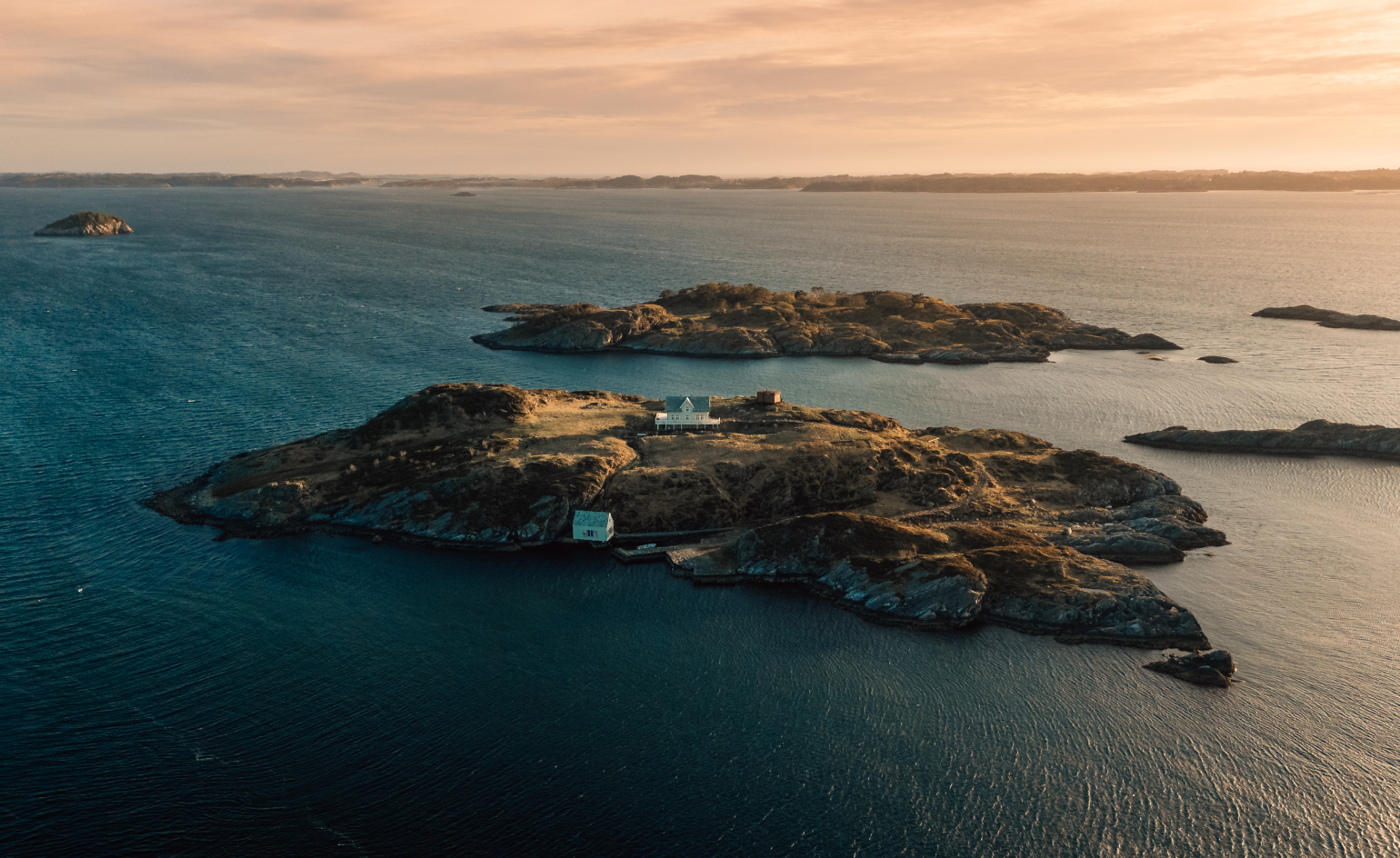 In Norway, remoteness becomes the new luxury
In Norway, remoteness becomes the new luxuryAcross islands and fjords, a new wave of design-led hideaways is elevating remoteness into a refined, elemental form of luxury
-
 A forgotten history of Italian artists affected by the HIV-AIDS crisis goes on show in Tuscany
A forgotten history of Italian artists affected by the HIV-AIDS crisis goes on show in Tuscany‘Vivono: Art and Feelings, HIV-AIDS in Italy. 1982-1996’, at Centro per l'Arte Contemporanea Luigi Pecci in Prato delves into the conversation around the crisis
-
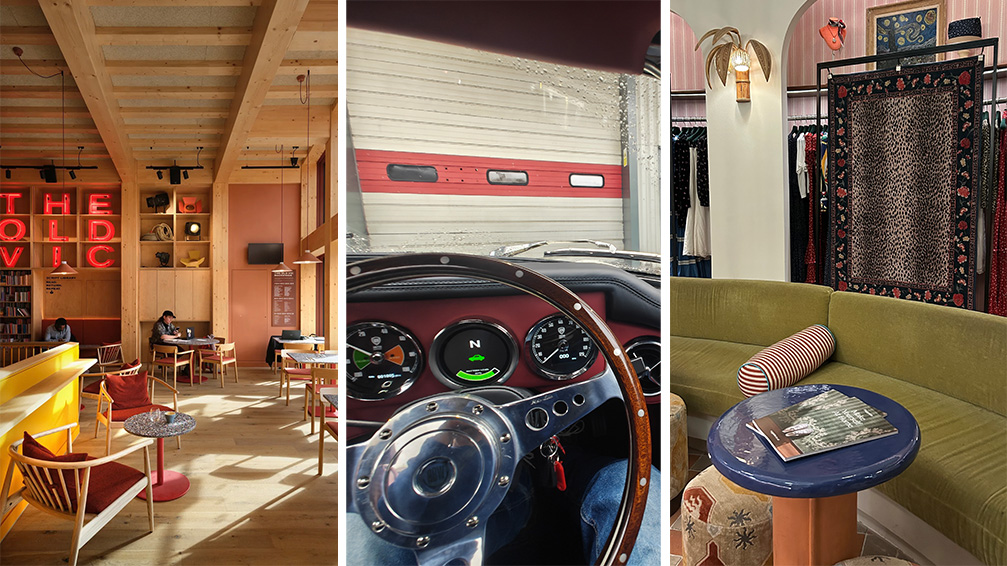 Out of office: The Wallpaper* editors’ picks of the week
Out of office: The Wallpaper* editors’ picks of the weekThe rain is falling, the nights are closing in, and it’s still a bit too early to get excited for Christmas, but this week, the Wallpaper* team brought warmth to the gloom with cosy interiors, good books, and a Hebridean dram
-
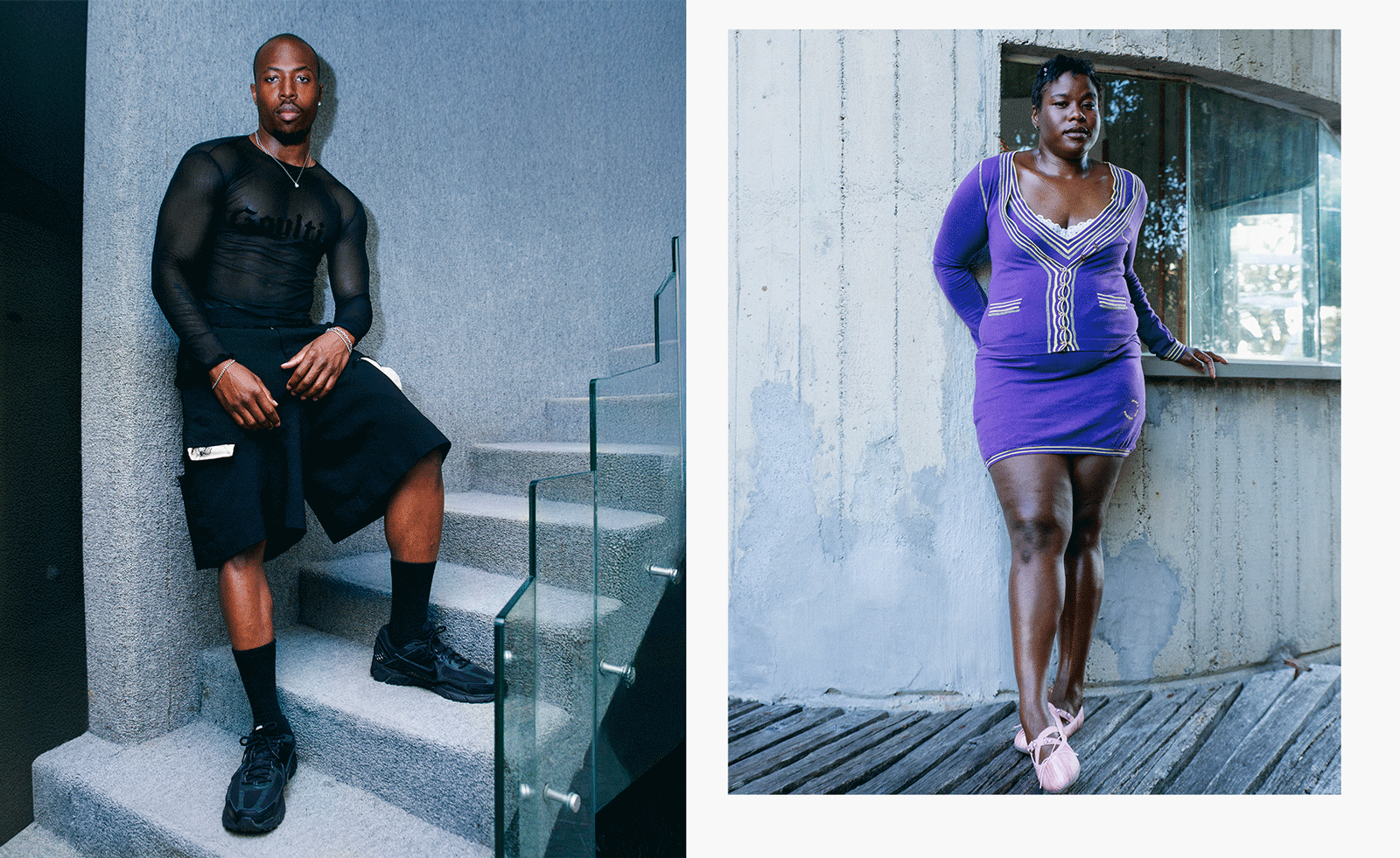 Creativity and rest reign at this Tuscan residence for Black queer artists
Creativity and rest reign at this Tuscan residence for Black queer artistsMQBMBQ residency founder Jordan Anderson sparks creativity at his annual Tuscan artist residency. Wallpaper* meets him to hear about this year's focus.
-
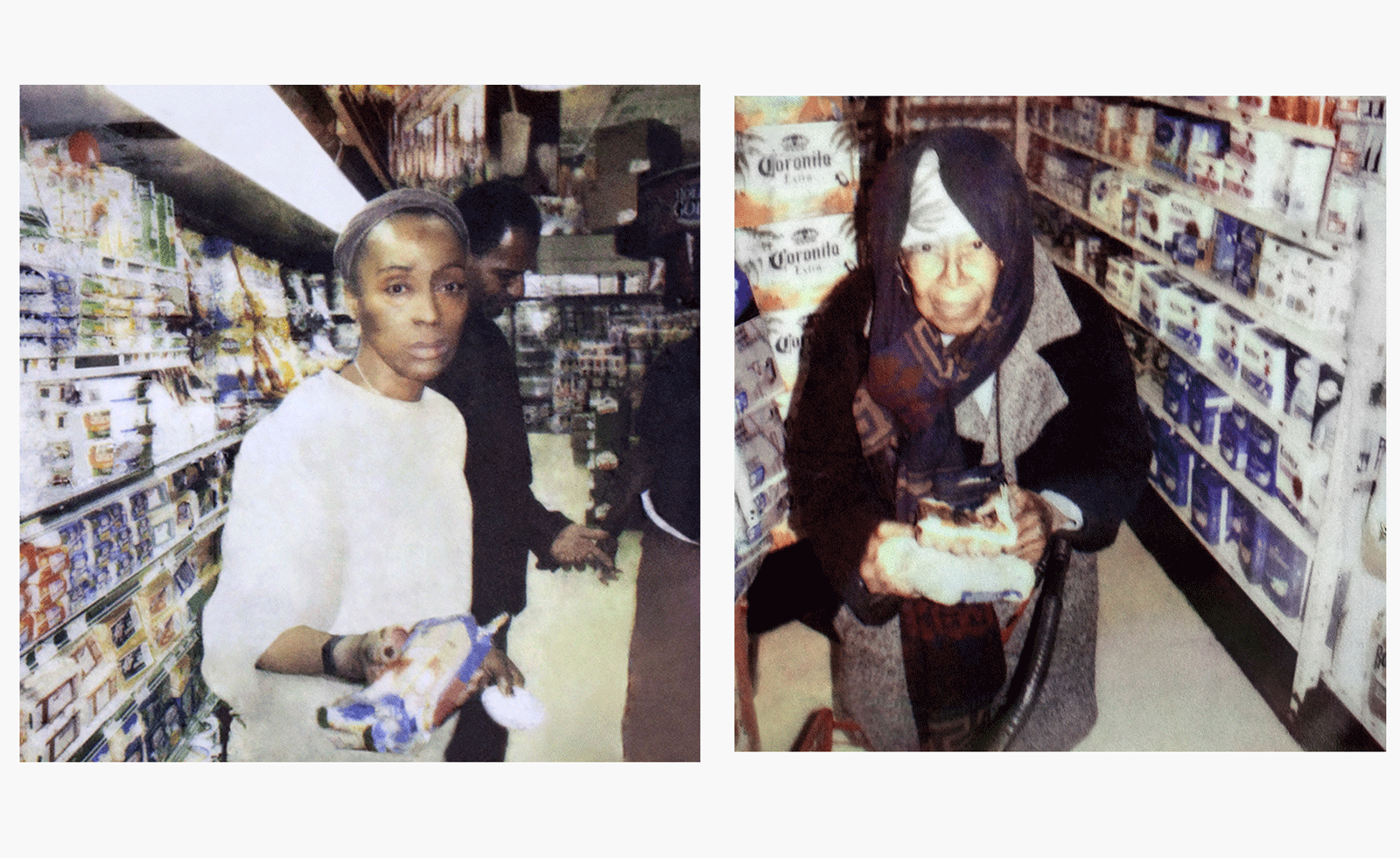 Photographer Mohamed Bourouissa reflects on society, community and the marginalised at MAST
Photographer Mohamed Bourouissa reflects on society, community and the marginalised at MASTMohamed Bourouissa unites his work from the last two decades at Bologna’s Fondazione MAST
-
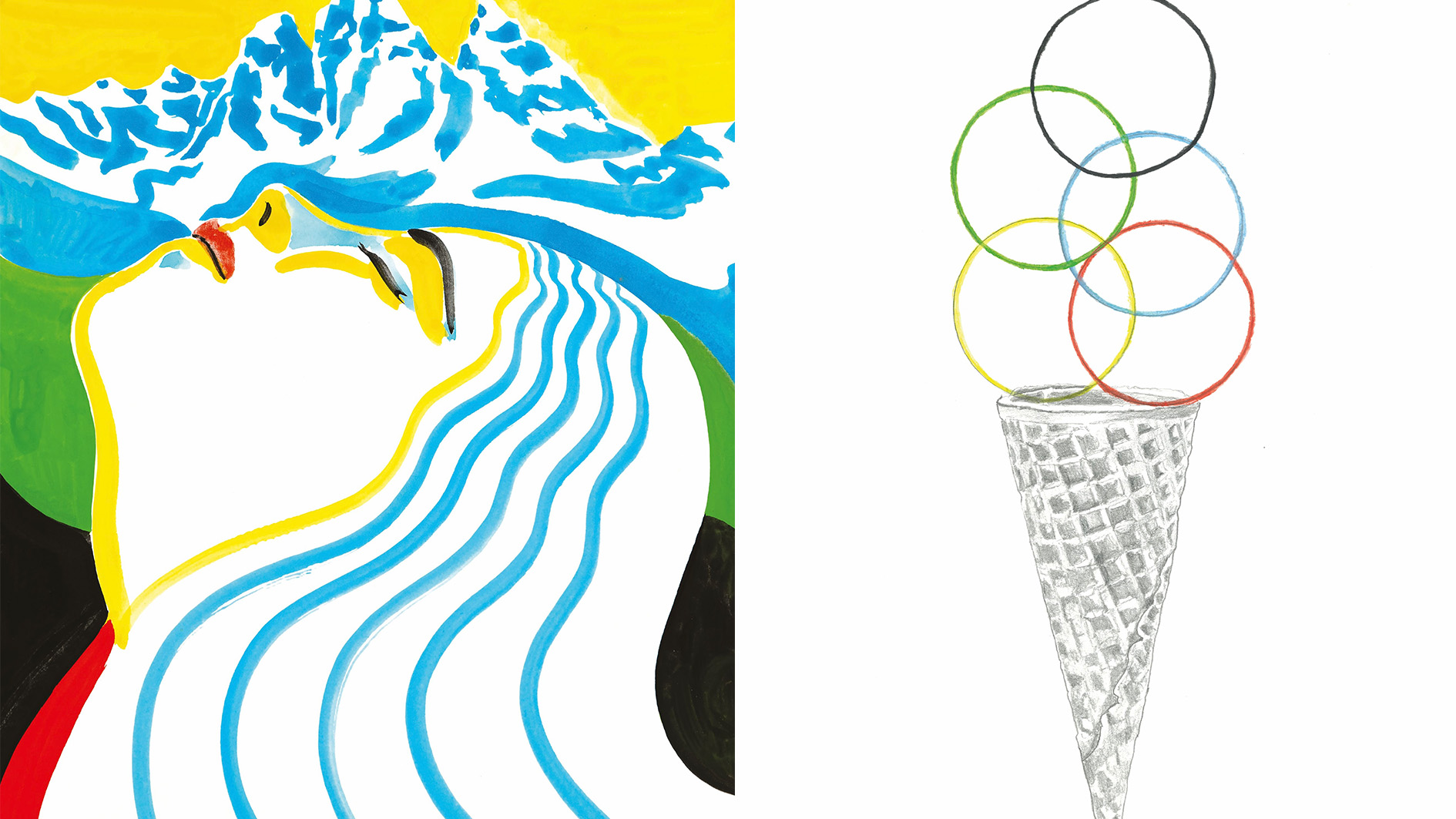 Ten super-cool posters for the Winter Olympics and Paralympics have just been unveiled
Ten super-cool posters for the Winter Olympics and Paralympics have just been unveiledThe Olympic committees asked ten young artists for their creative take on the 2026 Milano Cortina Games
-
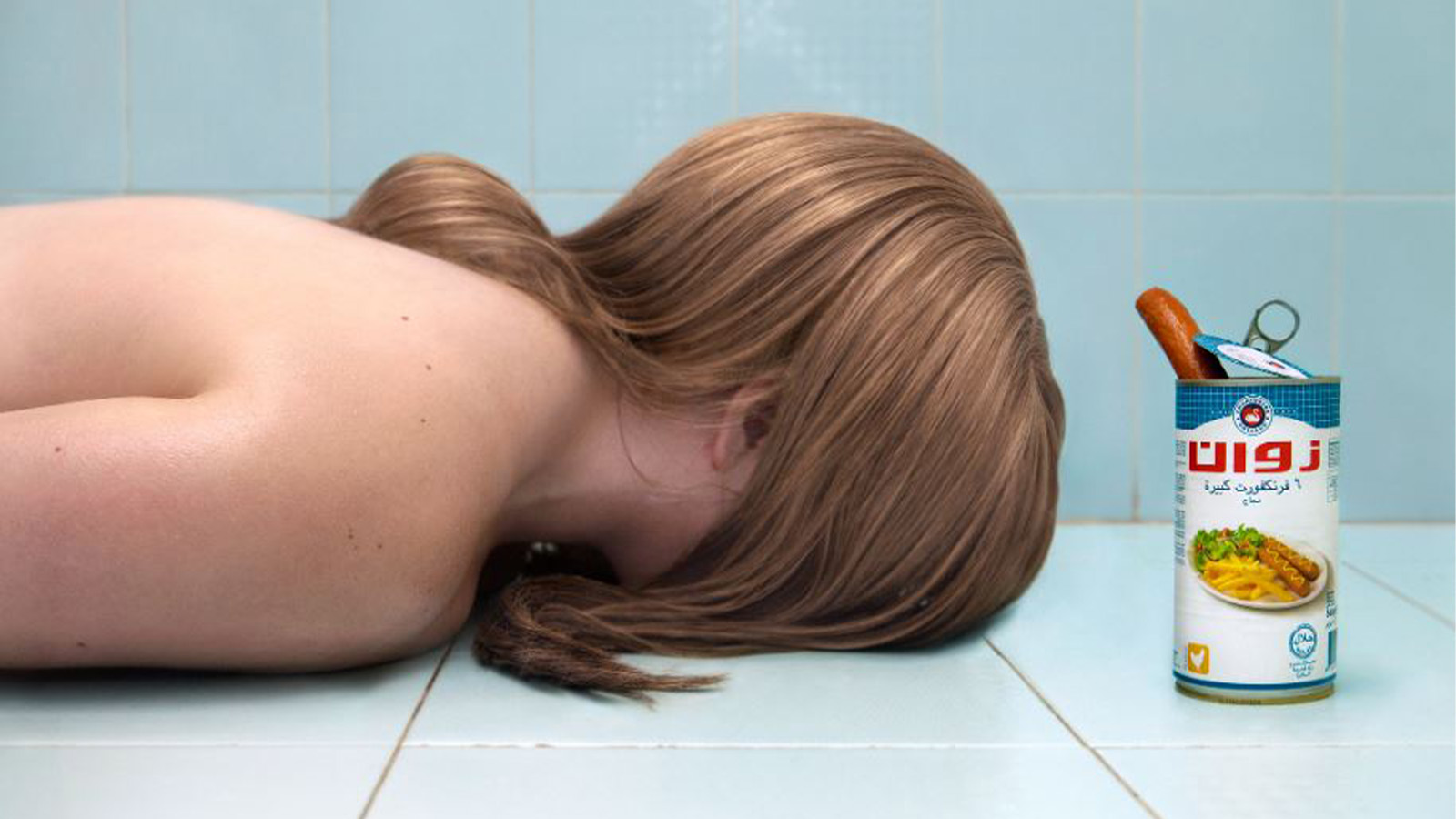 This fun and free-spirited photography exhibition offers a chromatic view on the world
This fun and free-spirited photography exhibition offers a chromatic view on the world‘Chromotherapia’ at Villa Medici in Rome, explores how we view colour as a way of therapy, and how it has shaped photography over the last century (until 9 June 2025)
-
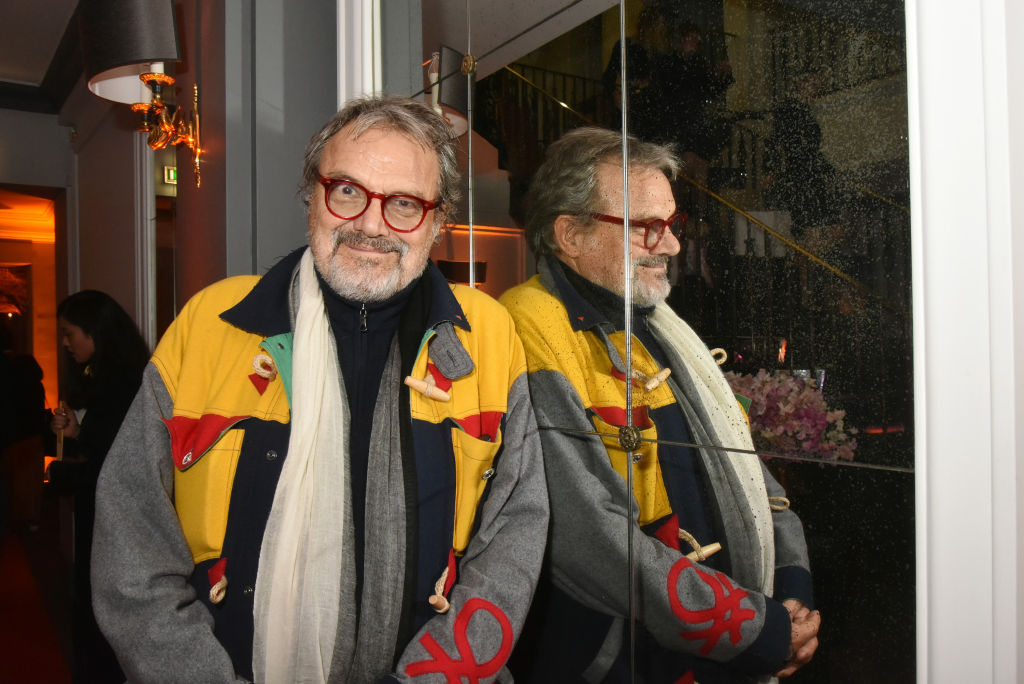 Remembering Oliviero Toscani, fashion photographer and author of provocative Benetton campaigns
Remembering Oliviero Toscani, fashion photographer and author of provocative Benetton campaignsBest known for the controversial adverts he shot for the Italian fashion brand, former art director Oliviero Toscani has died, aged 82
-
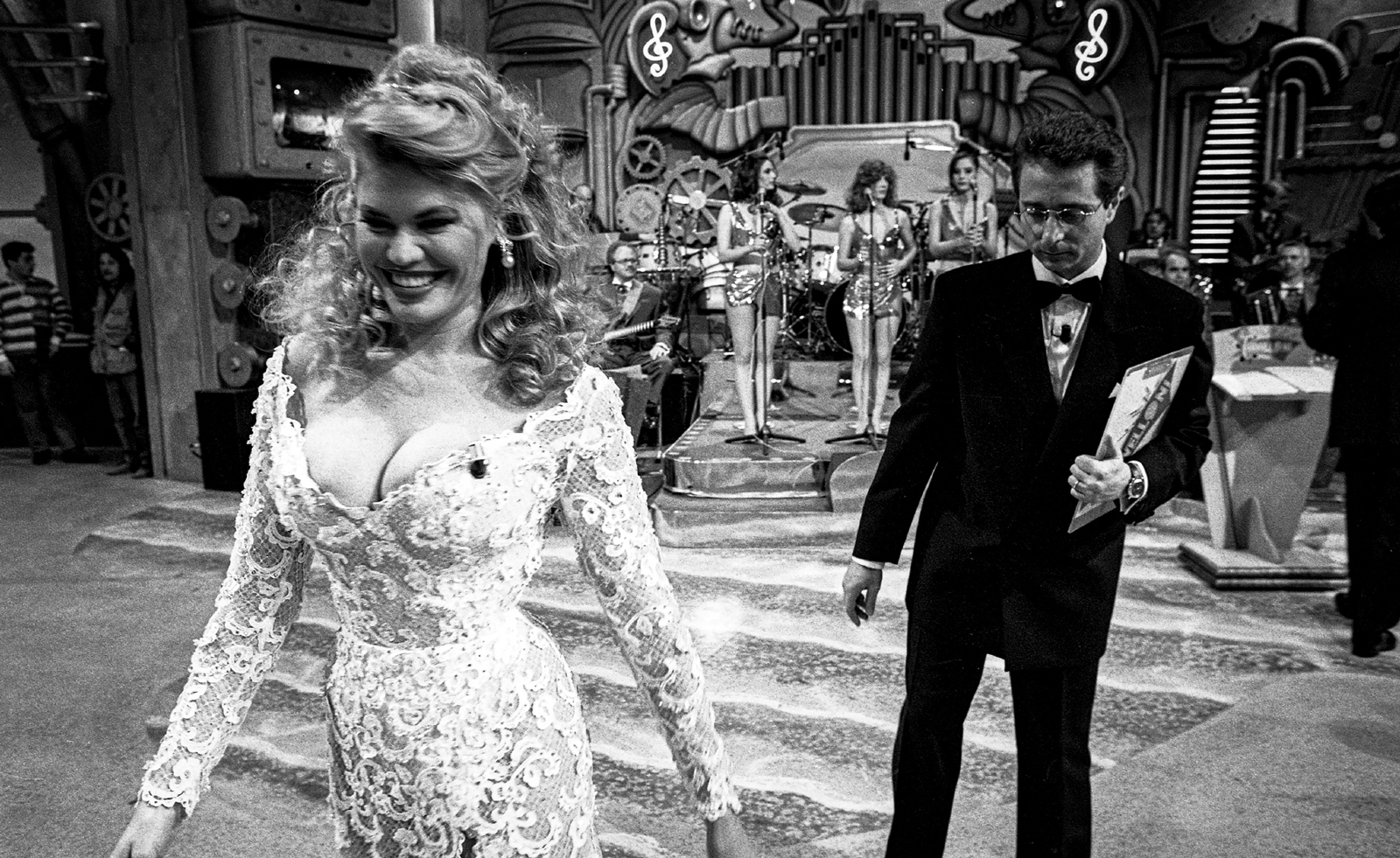 Distracting decadence: how Silvio Berlusconi’s legacy shaped Italian TV
Distracting decadence: how Silvio Berlusconi’s legacy shaped Italian TVStefano De Luigi's monograph Televisiva examines how Berlusconi’s empire reshaped Italian TV, and subsequently infiltrated the premiership